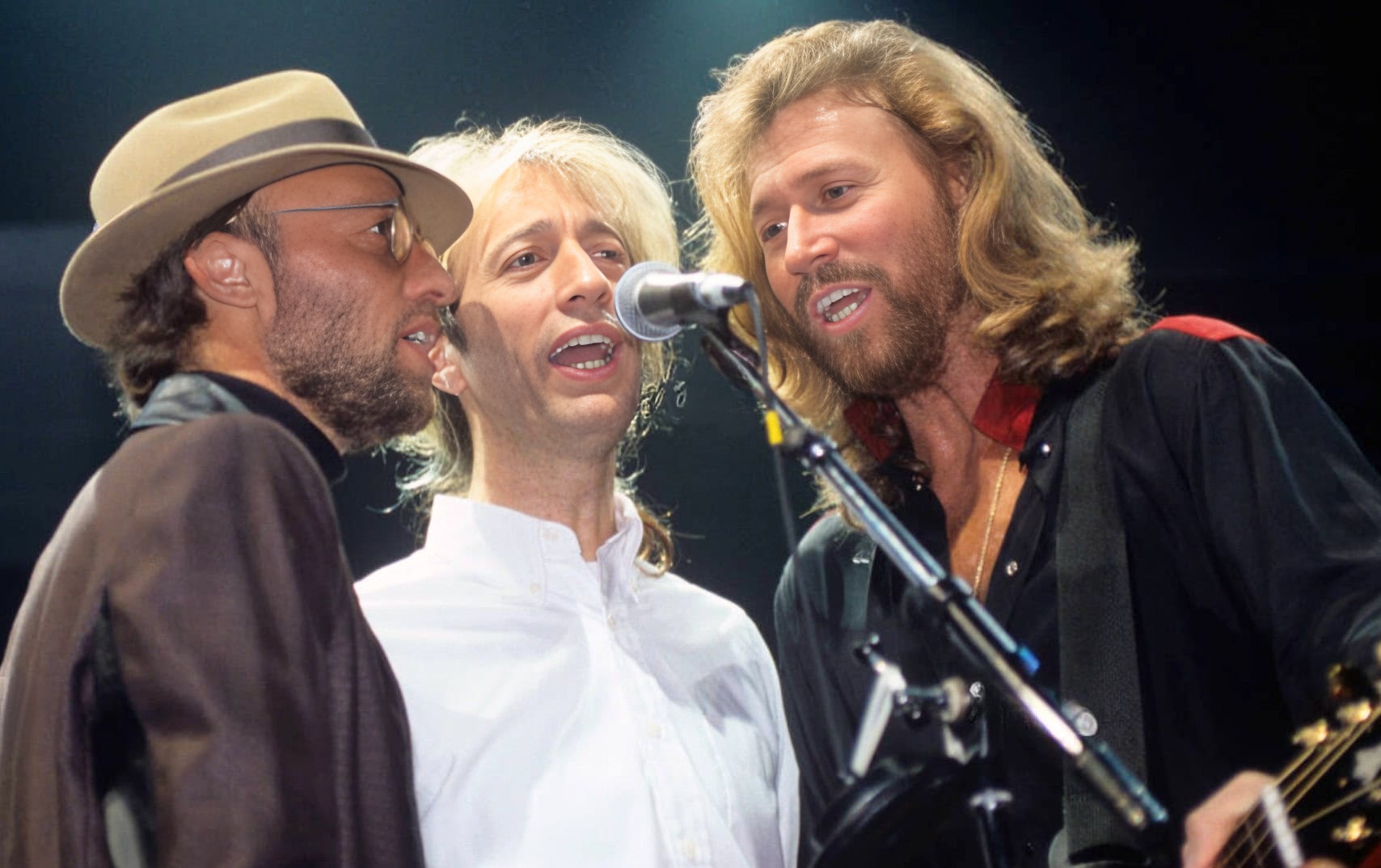
The Bee Gees, a legendary pop and disco group formed by brothers Barry, Robin, and Maurice Gibb, left an indelible mark on music history. From their early beginnings in Australia to their global superstardom, the Bee Gees captivated audiences with their distinctive harmonies, songwriting prowess, and unforgettable falsetto vocals. They have won multiple Grammy Awards, American Music Awards, and were inducted into the Rock and Roll Hall of Fame in 1997. Their music dominated the charts throughout the 1960s, 70s, and 80s, earning them a place among the best-selling music artists of all time.
One of their signature hits, “Tragedy,” released in 1979, exemplifies their ability to blend danceable rhythms with poignant lyrics. A track born during a feverish burst of creativity for their “Spirits Having Flown” album, “Tragedy” is more than just a disco anthem. The song explores the sudden and overwhelming devastation of lost love. The lyrics paint a vivid picture of emotional turmoil, comparing heartbreak to a catastrophic event, emphasizing the abrupt and unexpected nature of the pain. The line “Tragedy, when the feeling’s gone, you can’t go on” perfectly captures the helplessness and despair that follows a relationship’s end.
“Tragedy” soared to the top of the charts worldwide, reaching number one in the US Billboard Hot 100 and the UK Singles Chart, among others. It resonated deeply with listeners, becoming an instant dance floor classic and solidifying the Bee Gees’ continued reign as disco kings. Even decades later, “Tragedy” remains a popular choice at parties and evokes a strong sense of nostalgia. Critics and audiences alike praised the song’s infectious energy, catchy melody, and the Gibb brothers’ signature vocal performance. It’s a testament to the power of music to capture universal emotions and transform them into something both danceable and deeply moving.